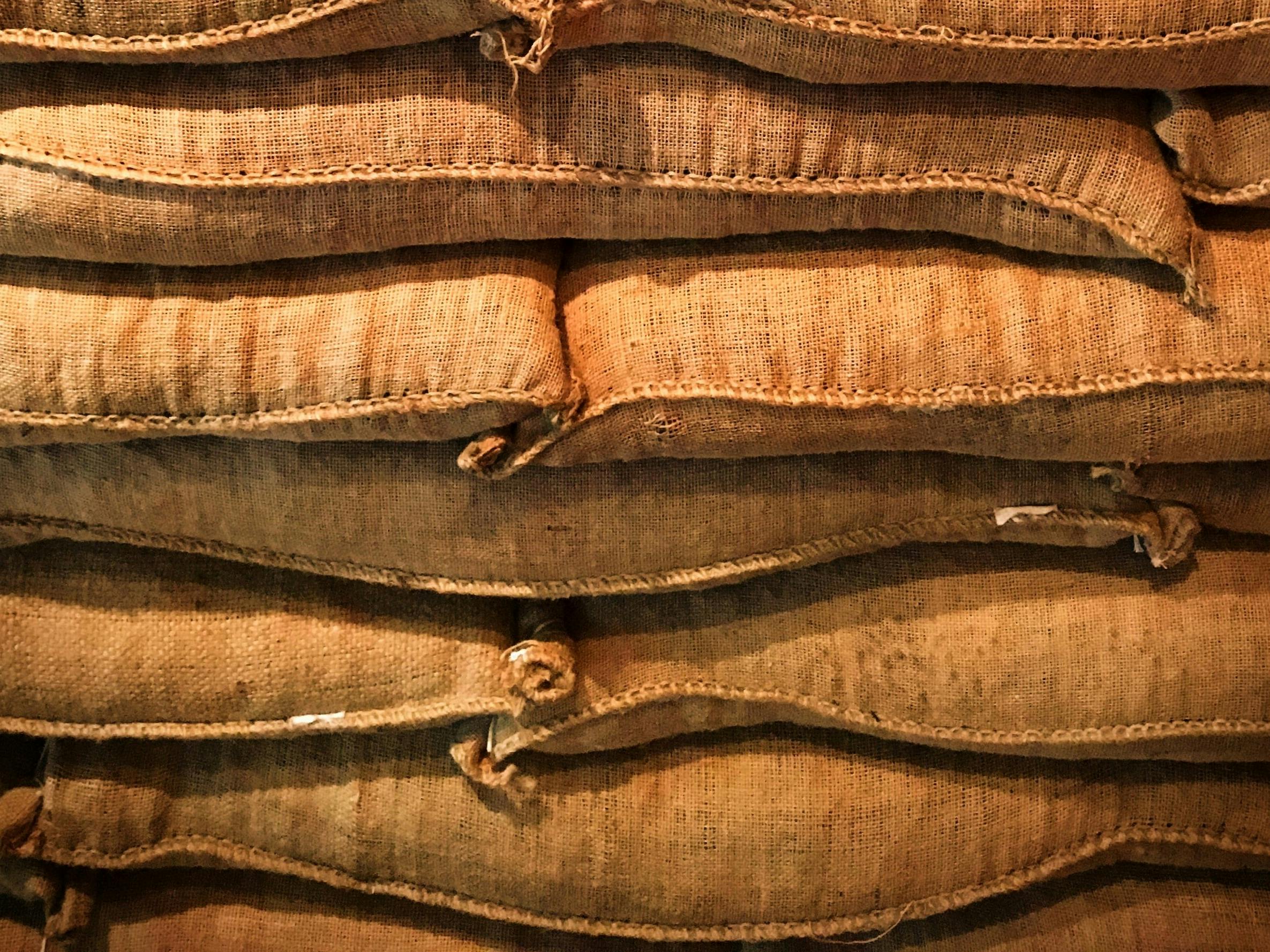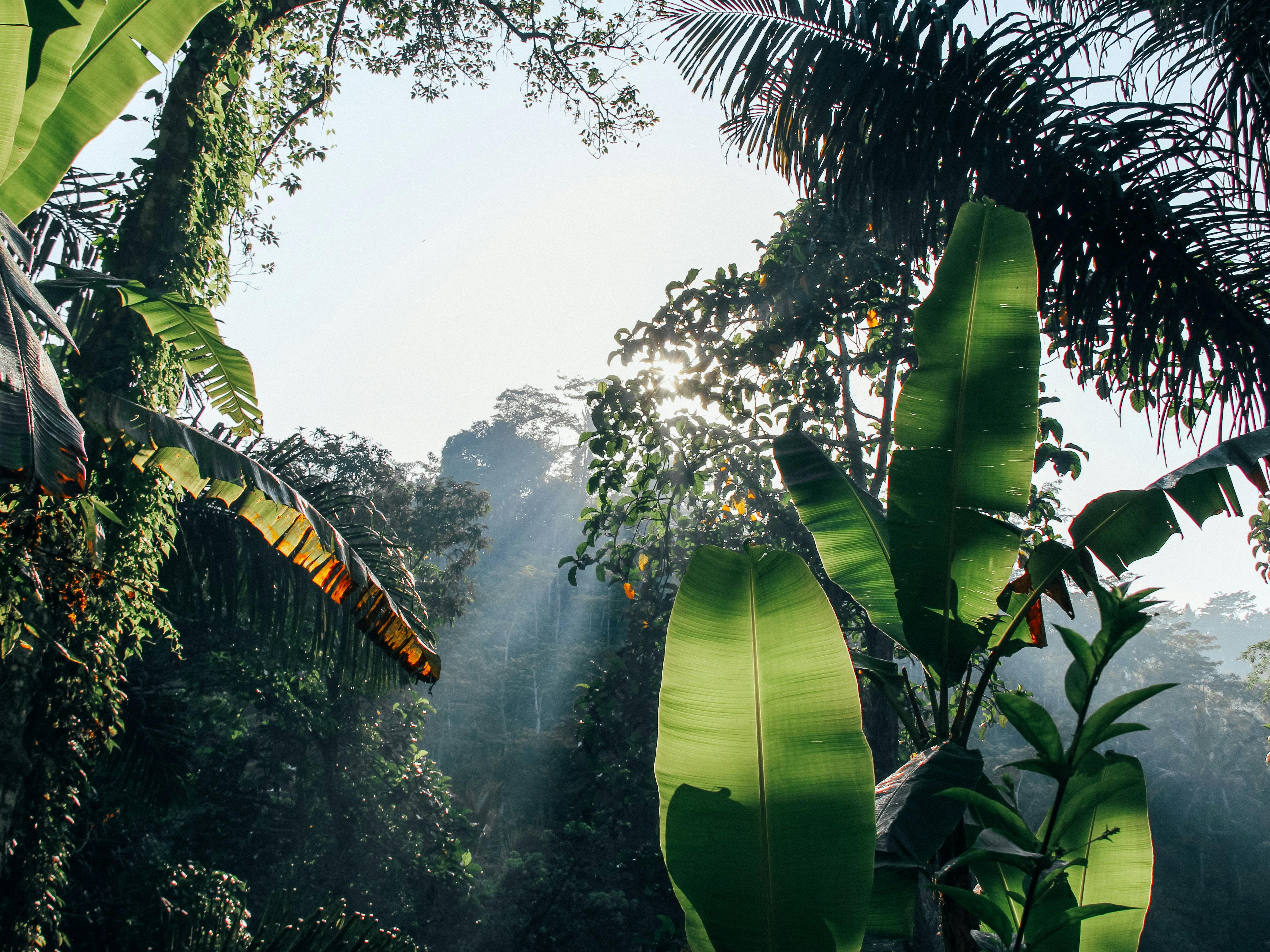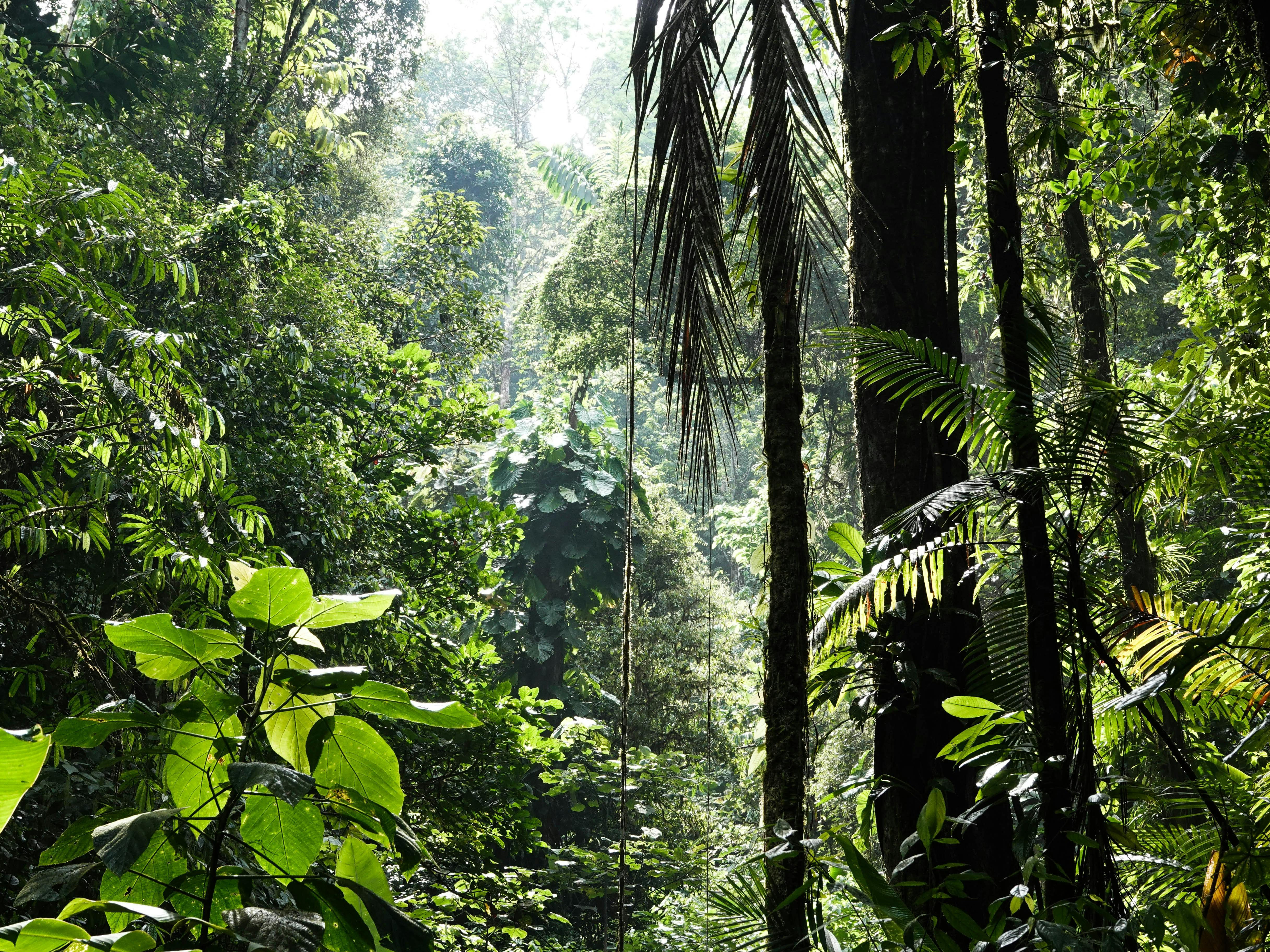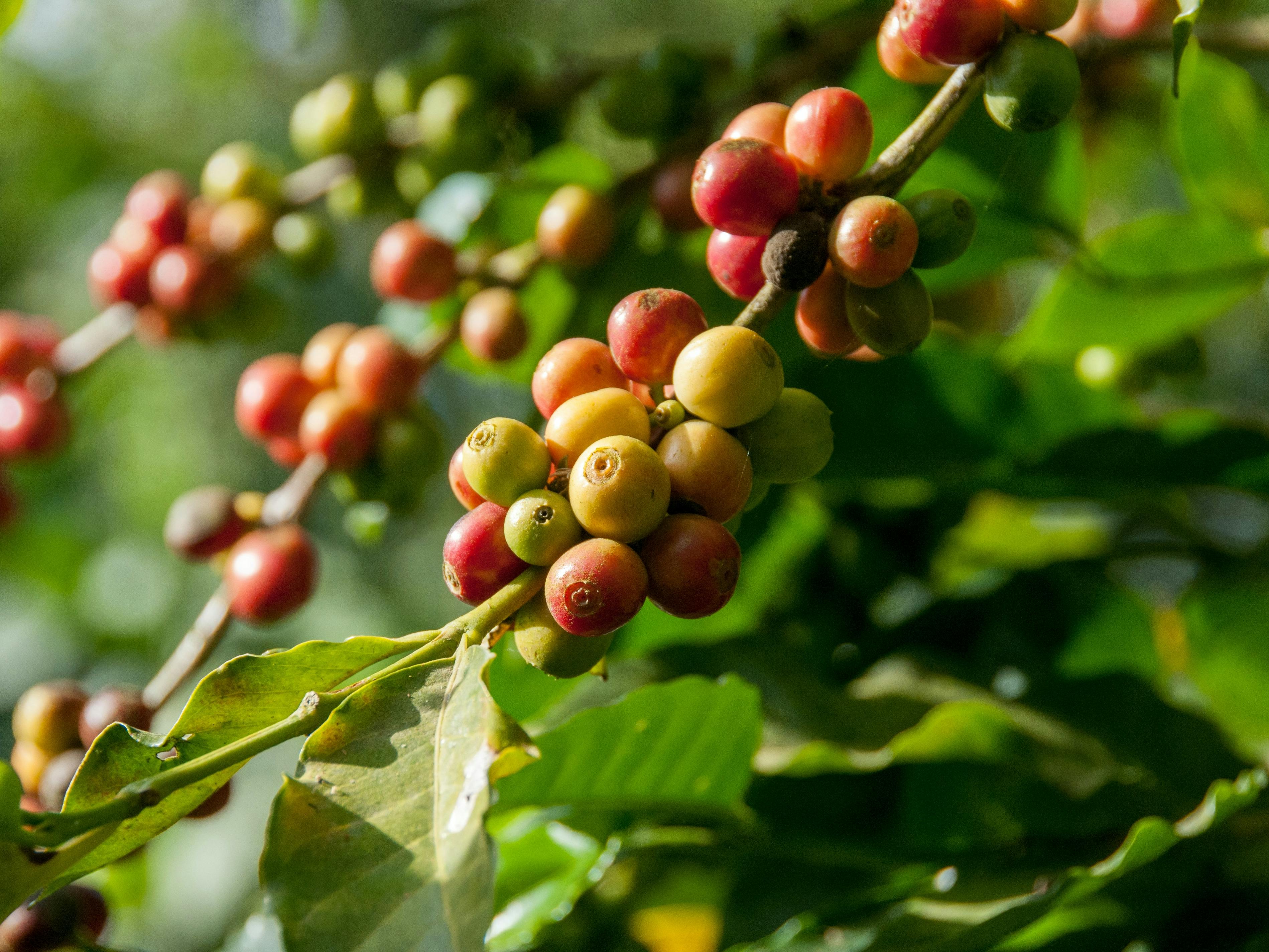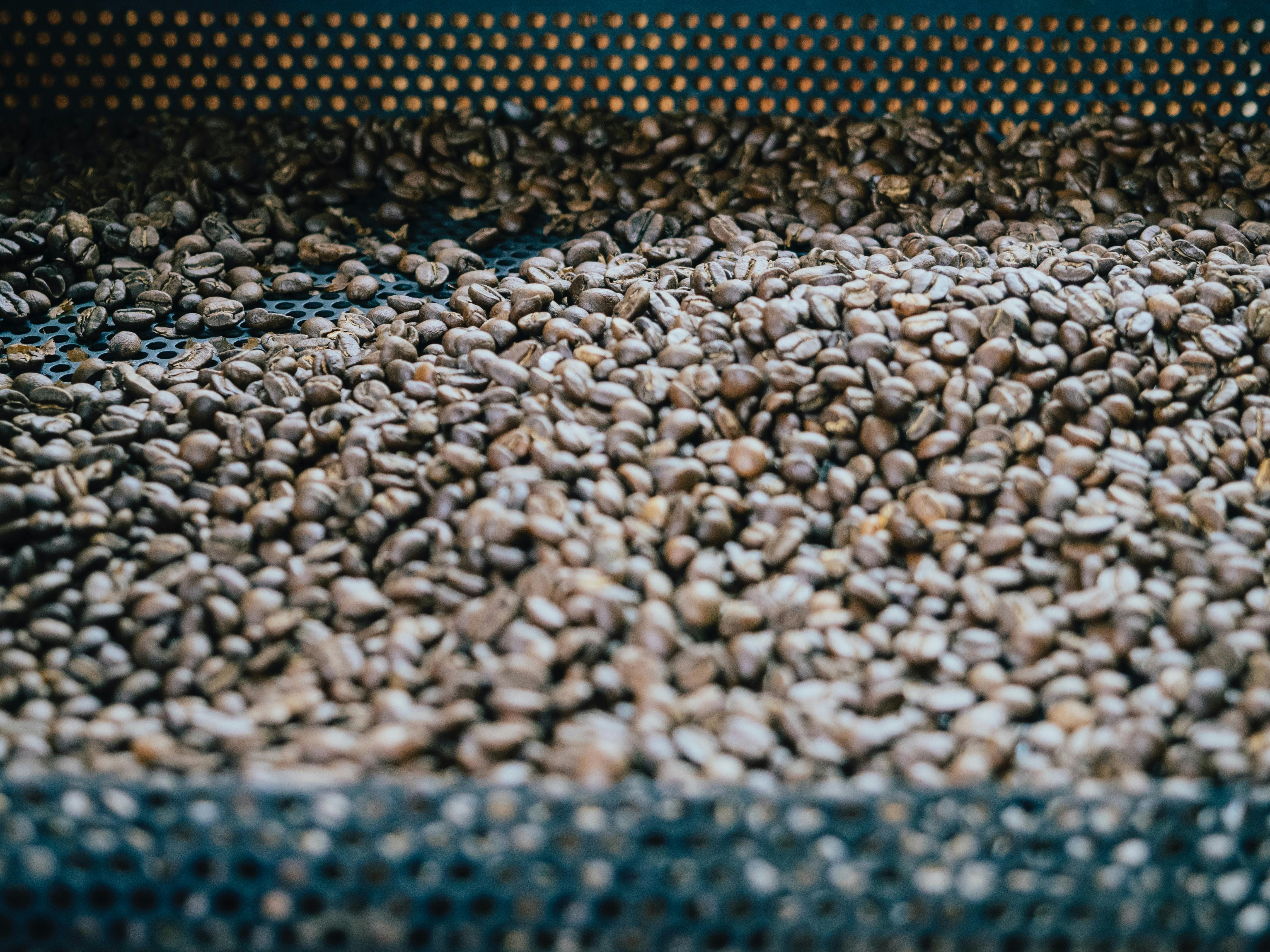No matter what your day looks like, there’s nothing like a shot of espresso to get you going. A love of coffee spans the entire world, with an estimated 1.4 billion cups consumed every day—that’s a lot of coffee! Whether you prefer espresso, cappuccinos, lattes, or drip coffee, chances are you’ve tasted the sweet, shade-grown beans of Costa Rica.
Although there are many coffee plantations in Costa Rica, the mountainous Central Valley—stretching from San José all the way to Monteverde—is where the riches come from. Here, you’ll find opportunities to tour family-run coffee farms where the legacy of producing high-grade coffee has been passed down over generations.
Here is our list of the seven best Costa Rica coffee tours (ordered by proximity to San José) to take on your next trip.
Remember when Costa Rican coffee first hit Starbucks and sold for a whopping $7 a cup? Yeah, that coffee was from Café Britt. When you take this classic 90-minute tour (which has been in operation since 1991), you’ll learn about sustainable growing practices and Britt's role in the country’s social and economic spheres.
The tour includes a visit to the plantation as well as the roastery, and you’ll have a chance to pick up a bag or two of delicious beans to enjoy back home.
Sitting at 4,000 feet on the fertile slopes of the Poas Volcano, Doka Estate has been producing award-winning coffee for three generations. Its processing plant was even declared an Architectural Heritage for Humanity site.
On this tour, learn about the production and traditional techniques of cultivating this energizing bean, and gain some knowledge about the fascinating history of the region. The highlight for many will be sampling Doka’s eight different blends of delicious coffee!
If you’re curious about permaculture or what family life on a plantation looks like, El Toledo is the coffee tour for you. As the only farm in Atenas selling certified organic coffee, El Toledo shows what it takes to grow coffee using strictly natural methods, working with nature rather than against it.
This two-hour tour is a historical experience as well as a cultural one, leaving you with knowledge about processing and roasting coffee, as well as insight about how you, too, can live in harmony with nature.
While touring this 640-acre Arabica coffee plantation, you’ll learn how organic coffee is grown, harvested, and processed. Beginning with planting from the nursery, to cultivation, to the mill where coffee is pulped, selected, and fermented, Espíritu Santo gives visitors a comprehensive understanding of how coffee goes from seed to cup.
The highlight of this tour is the visit to the roasting room, where the pleasant aroma saturates the air and clings to your taste buds. Don’t worry—the reward for your patience is a frothy cup of coffee at the end of the tour.
On the unique tour at Mi Cafecito, you’ll walk through a forest of cedar, manú, botarrama, and laurel trees—home to colorful tropical birds and breathtaking views of the surrounding mountains and rivers. Your guide will teach you how this extraordinary environment is ideal for growing coffee and how biodiversity plays a big role.
Over the course of this two-hour tour, you will see every stage of coffee production and even have a chance to taste a delicious coffee, espresso, or cappuccino for yourself.
Café Monteverde is a leader in sustainability, utilizing progressive environmental practices as well as initiatives to develop the local community. They are also part of the Santa Elena fair trade cooperative, which ensures that farmers get paid an honest price for their goods.
On this three-hour tour, you’ll learn how to pick coffee berries, separate them into different grades, and have a chance to taste the ripe fruit. Purchase some beans to take home, and feel good knowing your money will contribute to the local community.
Last, but certainly not least, is the three-in-one tour at Don Juan, where you'll learn about not only coffee but chocolate and sugarcane production.
Over the course of two hours, you will discover more about the history of coffee in Costa Rica and the lifecycle of the plant. If you visit between the months of November and February, you'll also have an opportunity to pick some berries yourself! Then, visit a chocolate processing center to learn how it is made—and try some chocolate samples. Finally, you’ll learn about sugar cane and how to extract it into a thirst-quenching beverage. The tour concludes with a fresh cup of coffee in the on-site restaurant.
Touring a coffee plantation is a great way to gain an appreciation and understanding of Costa Rican culture and history. It’s hard to say which coffee tour is the best, but these seven tours each offer something special.



